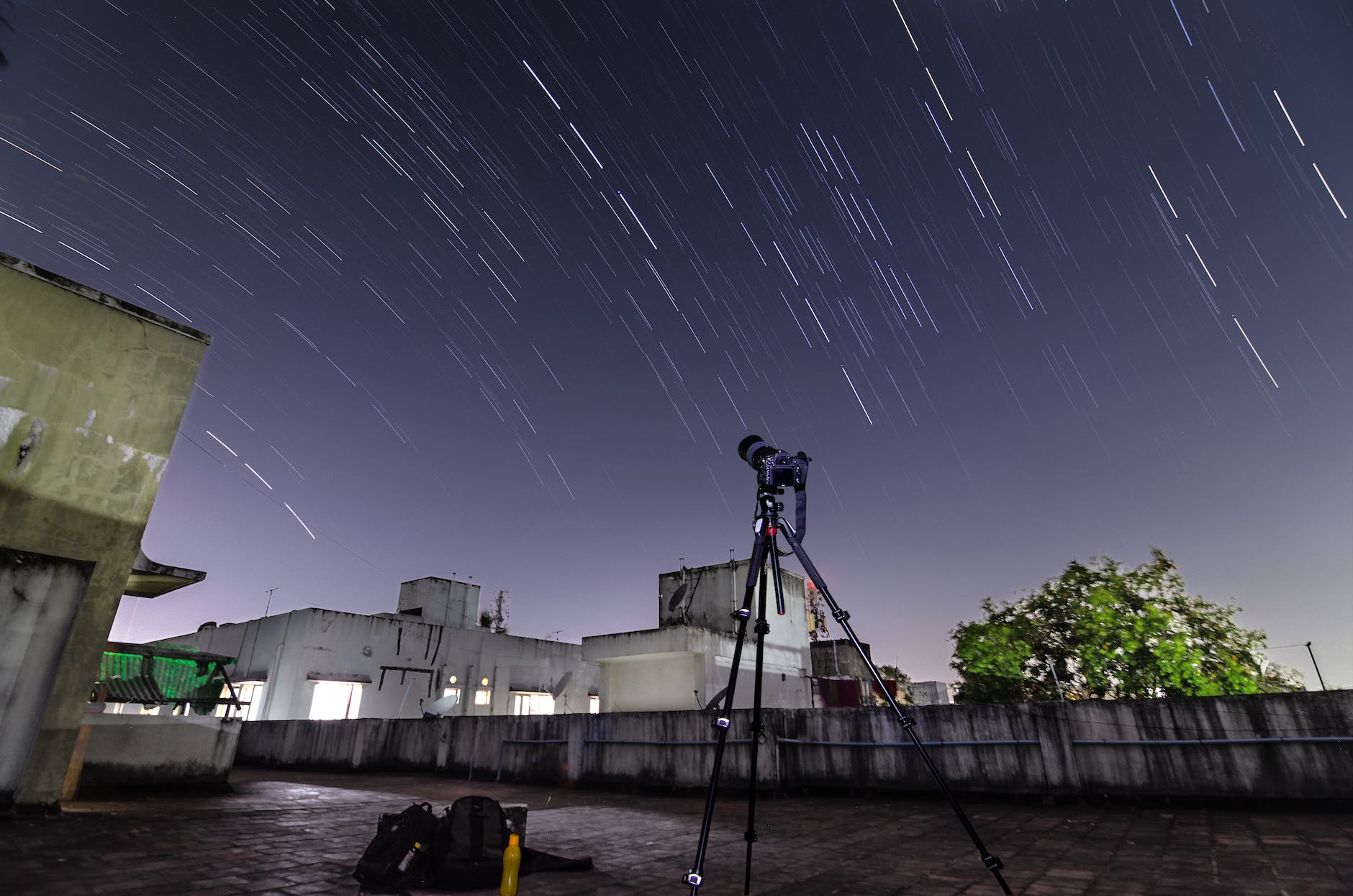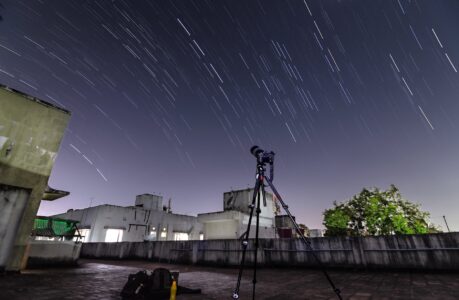Astrophotography is a captivating hobby that allows us to capture stunning images of celestial objects such as planets, stars, galaxies, and nebulae. One of the key components for successful astrophotography is a telescope camera. Choosing the right camera for your telescope setup can greatly impact the quality of your images. In this guide, we will walk you through the essential factors to consider when selecting a telescope camera, ensuring you make an informed decision and embark on a rewarding astrophotography journey.
Understanding Your Needs
Before delving into the technical aspects of telescope cameras, it’s important to understand your specific needs and goals as an astrophotographer. Are you a beginner, looking to explore the basics of astrophotography? Or are you an experienced enthusiast seeking to capture detailed images of distant galaxies? By identifying your needs, you can determine the features and specifications that will best suit your astrophotography endeavors.
Sensor Size and Resolution
When choosing a telescope camera, sensor size and resolution are crucial factors that directly influence the quality and level of detail in your astrophotos. Sensor size refers to the physical dimensions of the camera’s image sensor, typically expressed in millimeters. A larger sensor allows for more light-gathering capability, resulting in improved image quality and reduced noise.
Resolution, measured in megapixels (MP), determines the amount of detail captured in your images. Higher resolution sensors produce more detailed images, allowing you to capture intricate features of celestial objects. However, it’s important to strike a balance between sensor size and resolution, as larger sensors with higher resolutions often come at a higher cost.
Camera Type: CCD or CMOS
When it comes to telescope cameras, you have two primary options: CCD (Charge-Coupled Device) and CMOS (Complementary Metal-Oxide-Semiconductor). Both technologies have their advantages and considerations, so understanding their differences will help you make an informed decision.
CCD cameras are known for their excellent sensitivity and low noise characteristics, making them ideal for deep-sky astrophotography. They are particularly well-suited for capturing faint objects such as galaxies and nebulae. However, CCD cameras are generally more expensive and have slower readout speeds compared to CMOS cameras.
On the other hand, CMOS cameras have gained popularity in recent years due to their faster readout speeds, higher resolutions, and lower cost. They are well-suited for planetary and lunar imaging, where capturing fast-moving objects requires quick exposure times. While CMOS cameras may have slightly higher noise levels compared to CCDs, advancements in technology have greatly minimized this difference.
Cooling System
Thermal noise can significantly impact the quality of your astrophotos, especially during long exposure imaging sessions. A cooling system in your telescope camera helps to reduce this noise by lowering the sensor’s temperature. When considering a camera, look for models that incorporate a cooling system, often achieved through the use of a Peltier or thermoelectric cooler.
A cooled camera not only reduces noise but also allows for longer exposure times, which is crucial for capturing faint and detailed objects. Keep in mind that a cooling system adds weight and power requirements to your setup, so ensure your telescope mount can accommodate the extra load and that you have sufficient power supply.
Bit Depth and Dynamic Range
Bit depth refers to the number of bits used to represent the color or brightness information of each pixel in an image. A higher bit depth allows for a wider range of color and brightness values, resulting in more accurate and detailed images. For astrophotography, a camera with at least 12-bit or higher bit depth is recommended to capture the subtle variations in celestial objects.
Dynamic range is closely related to bit depth and refers to the camera’s ability to capture both bright and dark regions in a single image without losing details. A wider dynamic range ensures that you can capture the intricate details of celestial objects, from the faintest stars to the brighter regions of nebulae. Consider a camera with good dynamic range capabilities to achieve visually stunning astrophotos.
Connectivity and Software Compatibility
Before finalizing your telescope camera choice, consider the connectivity options and software compatibility. Most modern telescope cameras offer USB connectivity, allowing for easy connection to your computer for image capture and control. Check for compatibility with popular astrophotography software, such as Nebulosity, Maxim DL, or Sequence Generator Pro, to ensure a seamless integration into your workflow.
Additionally, some cameras offer features like built-in autoguiding, which can simplify the process of tracking and aligning your telescope during long exposures. Such features can be valuable for both beginners and advanced astrophotographers, streamlining the setup and enhancing the overall experience.
Budget Considerations
As with any hobby, budget is an important aspect to consider when choosing a telescope camera. The price range of cameras can vary significantly, depending on their specifications, features, and brand. Set a realistic budget that aligns with your astrophotography goals and prioritize the essential features based on your needs. It’s worth noting that investing in a quality telescope camera is a long-term investment, so carefully weigh your options before making a purchase.
Seek Advice and Read Reviews
The astrophotography community is vibrant and filled with experienced individuals who are passionate about sharing their knowledge. Engage with online forums, join astrophotography groups on social media platforms, and seek advice from fellow enthusiasts. Their insights and recommendations can prove invaluable when making a decision on the right telescope camera for your needs.
In addition to seeking advice, reading reviews of different camera models can provide you with firsthand experiences of other astrophotographers. Look for reviews that discuss image quality, ease of use, and overall performance. Remember that every photographer’s needs and preferences may differ, so consider multiple perspectives before drawing your conclusions.
Conclusion
Choosing the right telescope camera is a crucial step towards capturing breathtaking astrophotos. By understanding your needs, considering factors such as sensor size, resolution, camera type, cooling system, bit depth, and dynamic range, as well as reviewing connectivity options and budget constraints, you can make an informed decision.
Remember that astrophotography is a journey of constant learning and experimentation. As you progress and refine your skills, your requirements may evolve, and you may find yourself upgrading your equipment. Embrace the process and enjoy the wonders of the universe through your chosen telescope camera. Happy astrophotography!

